The area, where the Giardini Pubblici and the Biennale are today, looked very different in the 1700s.
In this print, we have the church of San Nicolò dei Marinai / San Nicolò di Castello, the ospedale dei marinai, and several other buildings, all demolished in the early 1800s to make room for the Giardini Pubblici.
Source: Il Gran teatro di Venezia, a collection of sixty vedute of Venice, often with an entertaining or polemic side, published by Domenico Lovisa, c. 1715, in Venice.
Veduta delle due Chiese di S. Nicolò e S. Giuseppe di Castello
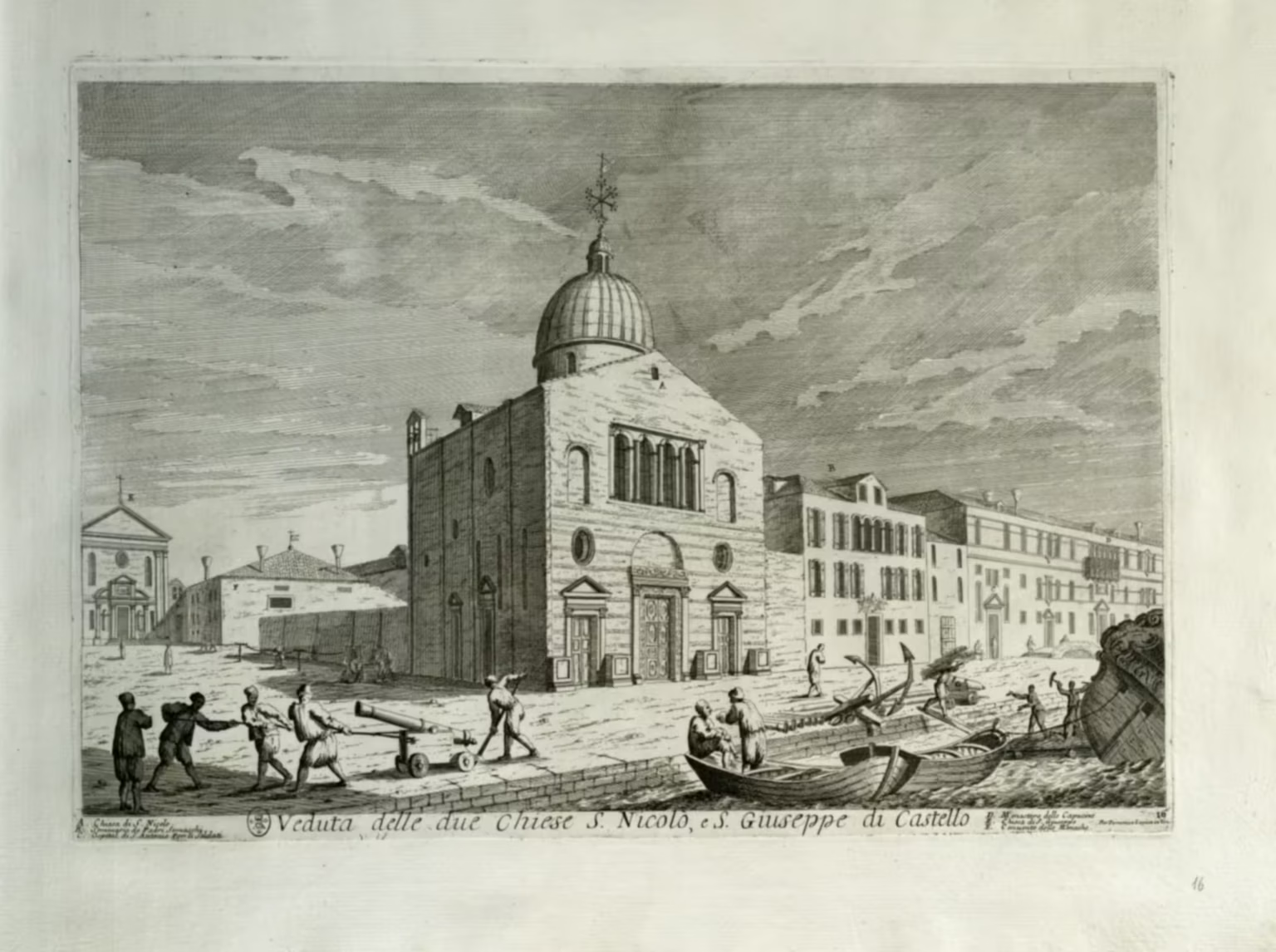
Legend
- Chiesa di San Nicolò
- Seminario de Padri Somaschi
- Ospetal di S. Antonio Per li Soldati
- Monastero delle Capucine
- Chiesa di S. Giuseppe
- Convento delle Monache
Location
The location depicted here is now inside the Giardini Pubblici in Castello.
The first four buildings listed (A–D) no longer exist. The Church of San Giuseppe (St Joseph — E) is still there, while the nunnery (F) is now part of a boarding school.
The Chiesa di San Nicolò (A) was built in the late 1400s, and consecrated in 1503. St Nicholas was, among other, also the patron saint of sailors.
Along the with the church, a hospital (in the original meaning of hospitality for the poor and needy, i.e., a charity) was built, later known mostly as the ospedale dei marinai — the hospital of the mariners (C).
In the late 1500, part of the hospital was assigned to a seminary for the formation of clergy to the Basilica di San Marco, later assigned to the Somaschi Fathers (B), and in 1668, a group of Capuchin nuns were given another part (D).
During the second French domination (1805–1815), Napoleon decreed the creation of a public garden in Venice, and in 1810 all the buildings (A–D) were demolished.
The Chiesa di San Giuseppe (E) still exists, and is still a consecrated church, although now a subsidiary of the church of San Francesco di Paola in the Via Garibaldi, so it is rarely open.
The entire monastic complex around San Giuseppe is now a school, and the part indicated on the image as a nunnery (F) is now the convitto (board) of the school.
Events or actions
The area was always associated with the Venetian navy, and the unnamed artist has added a bit of naval flavour to the image.
In the foreground, three men are caulking (water proofing) a ship.
Anchors and cannons have been unloaded to lighten the vessel, and the ballast shifted to make the hull list in a controlled fashion, so the workers can get to the parts, which are normally under the waterline.
The workers stand on a barge or raft. One is hammering in oakum, to seal cracks between the planks, while two others are bringing down more material.
The cannons and anchors are lying on the quayside.
In the foreground to the left, four men are hauling away a cannon, supervised by a fifth.
In the centre, two boatmen are leisurely chatting in a boat, clearly waiting for someone to return.
Related articles
Bibliography
- Lovisa, Domenico. Il Gran teatro di Venezia ovvero descrizzione esatta di cento delle più insigni prospettive, e di altretante celebri pitture della medesima città, il tutto disegnato, e intagliato eccelentemente da periti artefici, con la narrazione della fondazione delle chiese, monasteri, spedali, isolette, e altri luoghi sì pubblici, come privati. Venezia per Domenico Lovisa sotto i portici a Rialto, 1715. [more] 🔗
- Zorzi, Alvise. Venezia scomparsa, 2 vols. Milano : Electa, 1972.
Localities
Today
The area has undergone dramatic changes in the early 1800s, when most of the buildings on the image were demolished, and a public garden created on the area. Most of the view is unrecognisable, and covered by large trees.
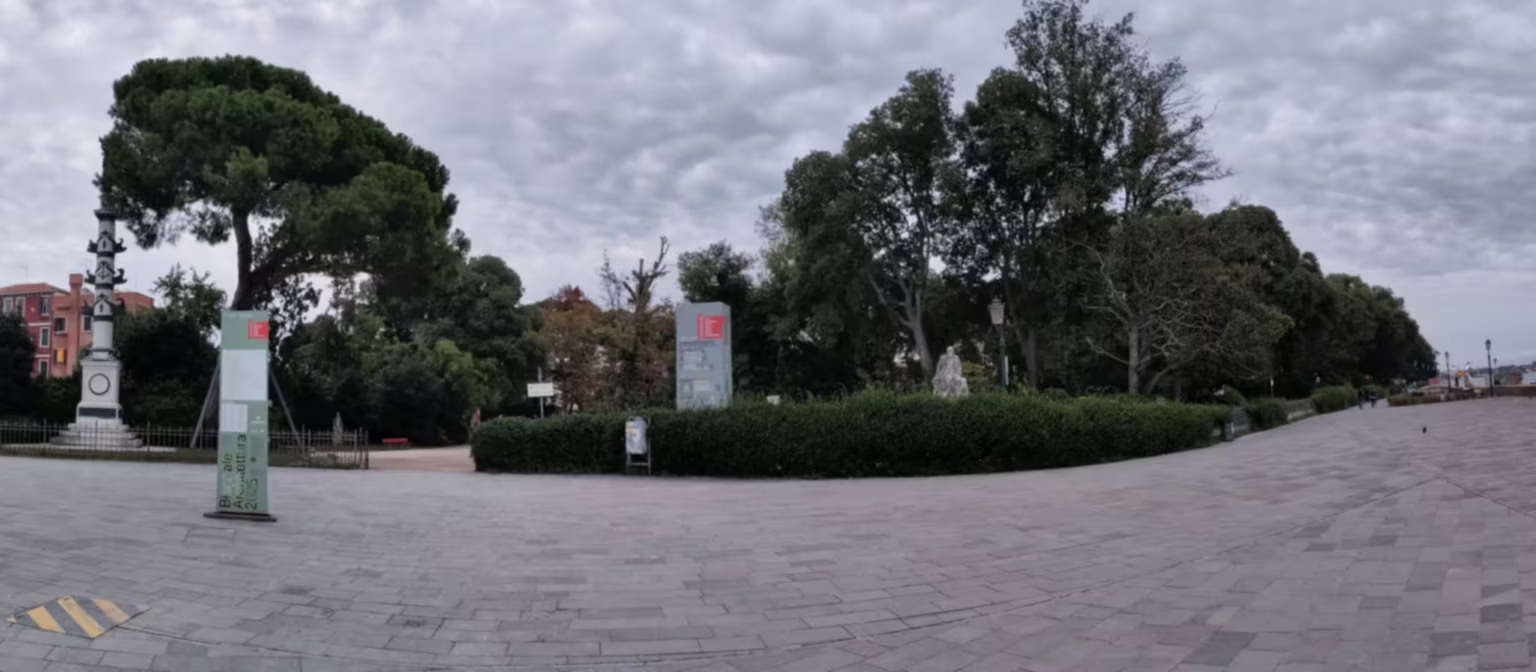
The two stones on this photo look a lot like those in front of the façade of the Chiesa di San Nicolò di Castello on the engraving.
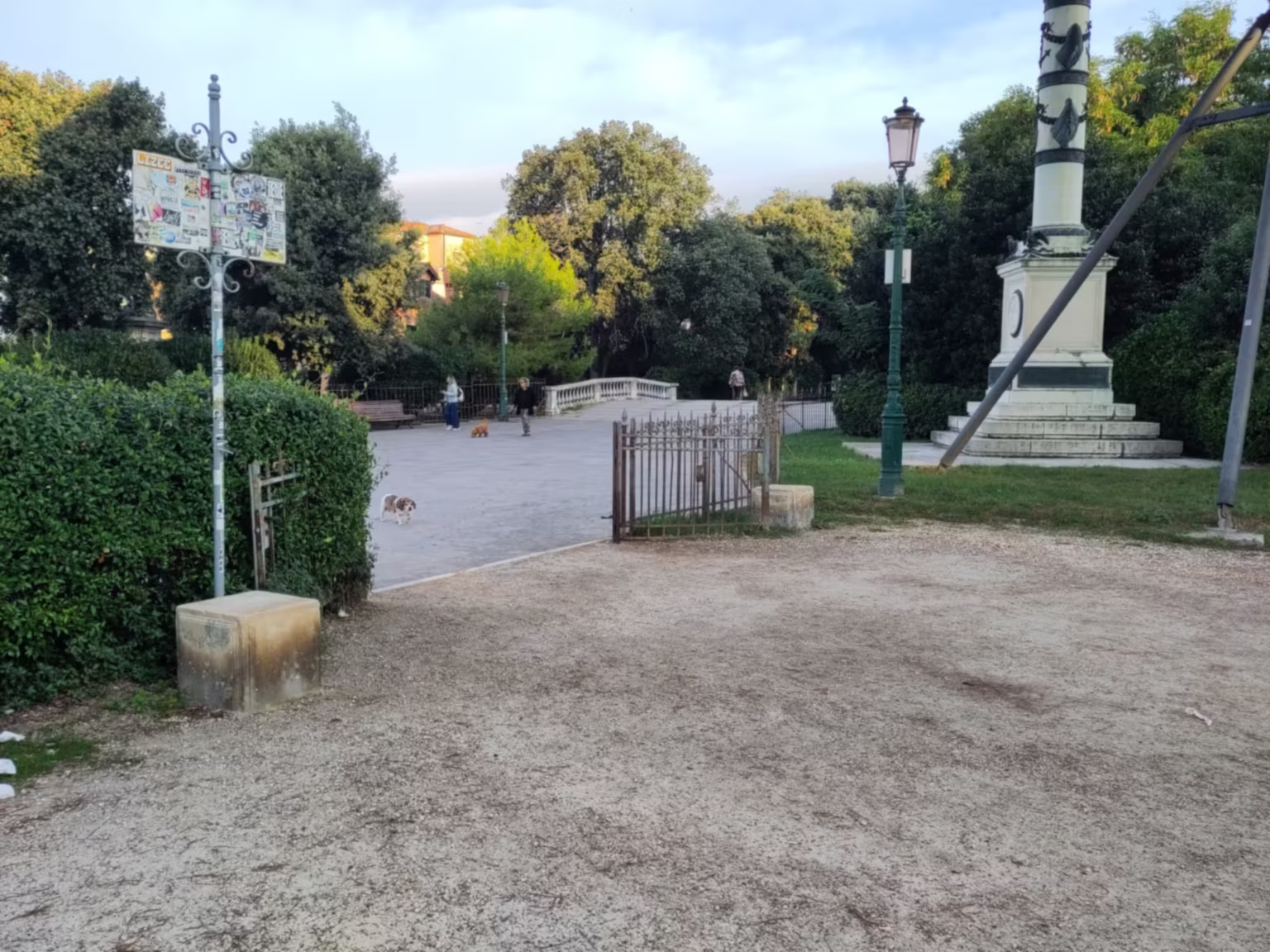
Many other stones in the Giardini Pubblici are clearly recycled, with visible cuts and markings, including the bases of some of the statues in the garden. They might also come from some of the buildings demolished in 1810.
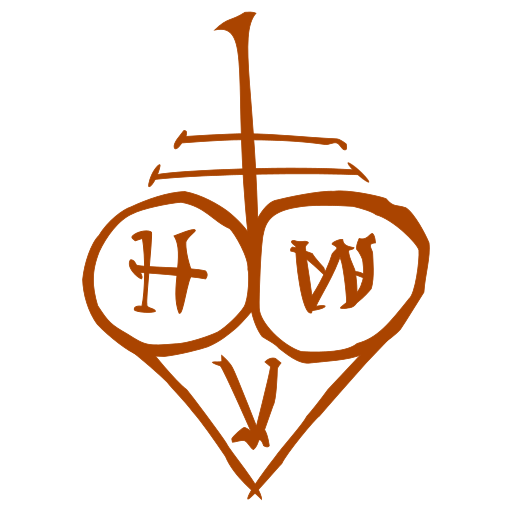
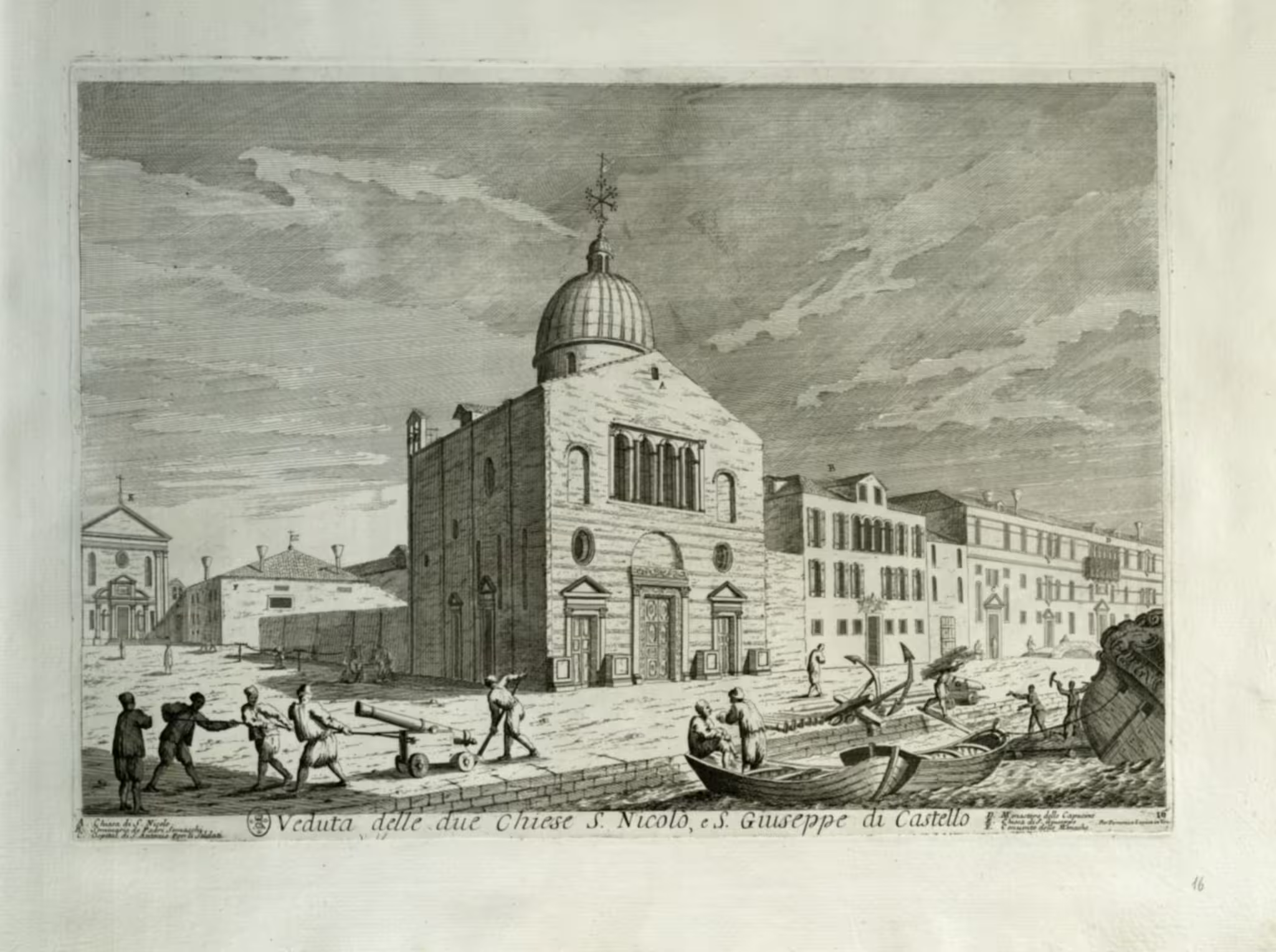
Leave a Reply